What’s the cost of complexity?
Not the line item. The hidden one. The one that shows up in burnouts, bloated systems, missed deadlines, and tech that’s still not delivering what the business actually needs.
Maybe you’ve felt it.
The pressure to modernise, but no clear path to follow. The shiny pitch decks. The Big Bang launches. The all-in-one platforms that promise more than they deliver.
What if the real answer isn’t more… but less?
Less noise. Less guesswork. Less dependence on systems you can’t shape or scale.
This was meant to be a ThunderCast episode. A conversation between Chris McGowan and Simon Sayegh, CIO at LJ Hooker. One we couldn’t publish, thanks to a series of audio glitches. But the ideas were too sharp to keep on the cutting room floor.
So we turned it into this. A written conversation about modern architecture, trust, the human cost of getting transformation wrong, and the unseen load that tech leaders carry.
Let’s dive in.
Best-of-Breed vs. Fit-for-Purpose
Chris kicked off the conversation by exploring one of the most common traps in enterprise IT — overspending on tech that looks good on paper but doesn’t quite deliver in practice.
Simon didn’t hesitate. Best-of-breed, he explained, often gets confused with buying the “Rolls Royce” of software. But what most organisations need isn’t prestige. It’s performance.
“You don’t need a Rolls Royce,” Simon said. “You need what fits the business now, and what will still fit in five years.”
The real magic isn’t in buying the flashiest solution, but in ensuring different tools work well together. Interoperability and business fit win over monolithic platforms every time.
Lessons from the Field
Reflecting on his first months at LJ Hooker, Simon described a back-to-basics approach that started with one key action: listening.
“People on the ground know where the problems are,” he said. “But then you’ve got to triangulate that with your own analysis.”
After taking in diverse perspectives — from veterans to new joiners — Simon delivered an honest, unvarnished view of the organisation’s IT state of play. That transparency, he said, was critical in earning trust from the board and executive team.
And the foundation? It wasn’t a grand vision. It was setting up reliable HR, financials, CRM, and infrastructure. “You can’t build a house on sand,” he said. “You need to get the basics right.”
Two-Speed IT: Building While Delivering
Rather than waiting for the perfect conditions to launch something shiny, Simon believes in running two streams at once: foundational change and fast-moving delivery.
The foundational layer — security, environment, data infrastructure — takes time. But in parallel, there’s an opportunity to deliver front-end improvements that demonstrate progress and build confidence.
This, he explained, isn’t just good practice. It’s change management. “Build and show. Iterate. Release. Show again. That’s how you build trust and get buy-in.”
The CIO’s Real Job
Chris asked what it really means to be a CIO today. Simon’s answer reframed the role entirely.
“A CIO isn’t just a technologist,” he said. “You’re a business representative. You’re a translator between business needs and tech solutions.”
That comes with responsibility, especially when it comes to reporting. Simon stressed the importance of transparency. “Red projects aren’t failures,” he said. “They’re a signal. You can’t fix what you pretend isn’t broken.”
But one rule stood out: never surprise your execs. If something’s going wrong, let them know before the meeting. That small gesture of respect, Simon said, maintains trust even when the news isn’t good.
Simple or Simply Connected?
When asked about the trade-off between all-in-one systems and a connected ecosystem of tools, Simon offered a balanced view.
The goal, he said, is simplicity — but that doesn’t always mean a single solution. “Simple architecture doesn’t mean one system. It means things are seamlessly connected. The user shouldn’t care how it works behind the scenes.”
Avoid complexity for complexity’s sake. Simple systems cost less, perform better, and are easier to support.
AI, Automation & What’s Next
Chris couldn’t resist bringing up the tech of the moment: AI. But Simon was quick to bring the hype back down to earth.
“AI for the sake of AI is a waste,” he said. “If you don’t understand what you’re trying to solve, it’s just noise.”
He likened the rise of AI to the earlier wave of outsourcing, another buzzword that often missed the point. For Simon, AI only matters if it delivers real business value beyond what automation already can.
As for the bigger picture? Simon sees a looming challenge that gets far less airtime: the energy demands of modern infrastructure. “We need to think seriously about how we power data centres. Green energy investment isn’t where it needs to be.”
Leadership, People & Sustainable Pace
The conversation ended on a personal note. Chris asked what Simon really cares about right now. Simon didn’t talk about systems or strategy. He talked about people.
“My biggest concern is team wellbeing,” he said. “People are stretched. And no organisation I know is hiring like they used to.”
He reflected on the limits of capacity, the danger of burnout, and the importance of trust, respect, and celebration.
“No one works for free. But it’s not just about money, it’s about how you treat people. That’s what keeps teams together.”
Conclusion: The Uncommon Truths of Real Change
What stood out most in this conversation wasn’t a bold vision or a radical new framework. It was the simplicity — and clarity — of Simon’s approach.
- Choose tech that fits.
- Be transparent, especially when it’s hard.
- Build trust by listening, iterating, and showing results.
- Respect your team; they’re your real asset.
They’re non-negotiables for leaders who want to drive real, lasting transformation.


